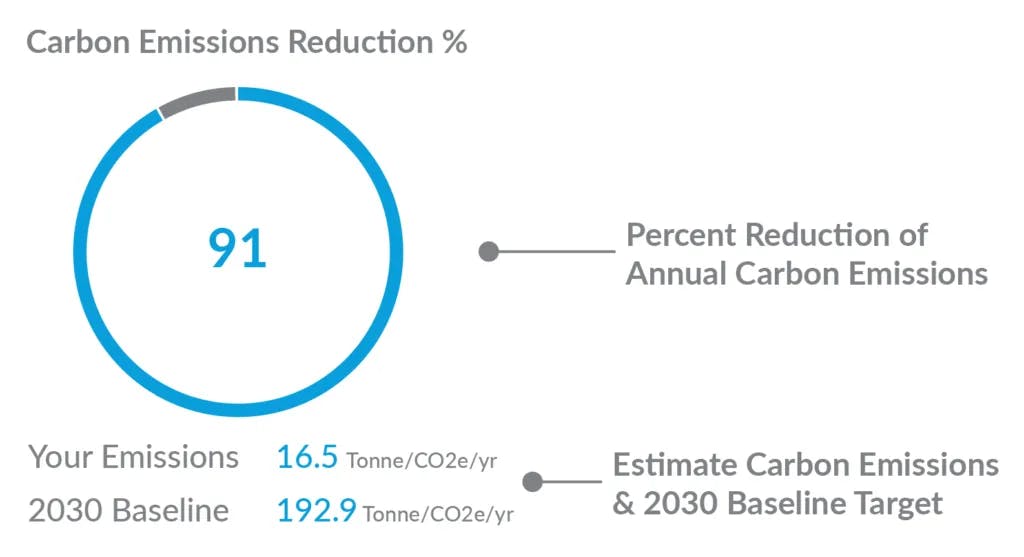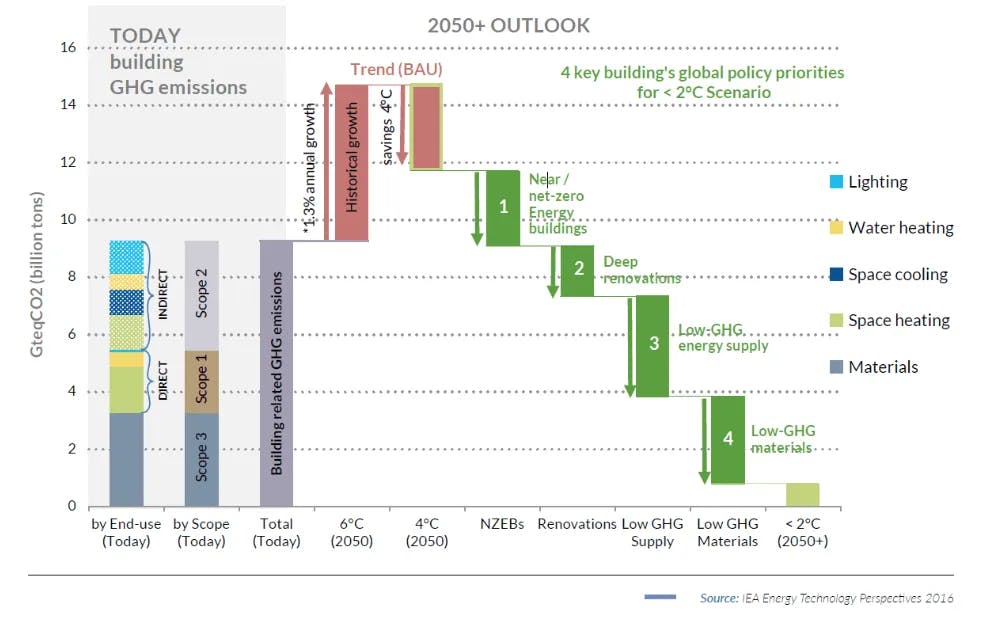
When we talk about carbon emissions, we’re focusing specifically on carbon dioxide, or CO2. Naturally, CO2 releases into the atmosphere in a ton of ways. This is specifically important to us, since building contribute to upto 39% of carbon emissions. This number changes by each city. For city of Atlanta, buildings contribute closed to 60% of total carbon emissions!

While everyone else is doing their part to stop climate change one miniscule decision at a time, architects make decisions each day of enormous carbon impact. Today in the United States, buildings account for nearly 40% of carbon emissions (EESI) and 78% of electricity usage. Stop and look around your desk at your co-workers in the firm. Think about how many projects actually have an energy
model being run. Even the most sustainability focused firms might model 50% of their projects (in
many firms it is only 10%) and only late in the process when it is too late to change the design (AIA 2030 report). Each building that goes up will consume energy and generate carbon emissions for 20, 30, (if you are lucky) 50 to 100 years into the future. Worse yet, even when a project has an energy model, many lead designers ignore its conclusions because “it constrains my design”. When you look into the face of your children and grandchildren and they see a world ruined, will that argument for not making efficient buildings hold water?
